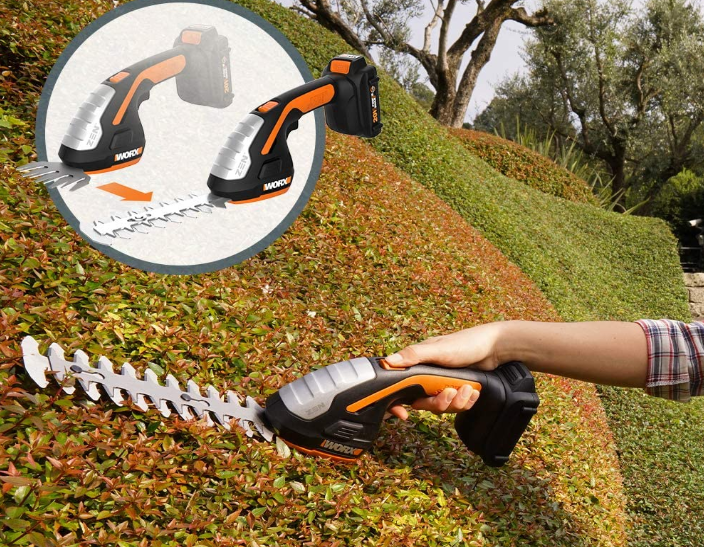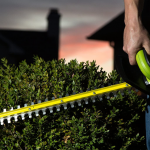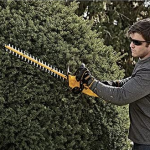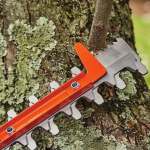Today hedges are highly valued for these reasons, among others, including preventing soil erosion, reducing pollution, and their potential to lessen flooding as well as regulating water supplies. The hedges consist of deciduous bushes or evergreen, which have dense foliage. They can be low or high depending on the shrub you use. For you to maintain a clean and beautiful landscape, you need to keep the hedges regularly. Here are some useful hedge trimming tips to help create beautiful scenery.

Contents
Hedge Trimming Tips
Assemble Your Trimming Tools
One of the most important hedges trimming tips is to have all the necessary trimming tools. If you have small hedges, you need to have tools such as manual hedge cutters or scissors.
If the hedges are larger, go for the electric hedge trimmers. Ensure that all your cutters have a trimming notch near the base of the blade to avoid damaging the plants. Another important tool to have is a tarp to help you in collecting the trimmings.
Determine The Habit of Your Hedges
Before you can begin trimming the hedges, ensure that you know your hedge’s habits. In case you have dormant buds, you will need to cut at the end of the branches. This will result in the sprouting of new branches just beneath the cut.
You should prune the evergreen into the current year’s growth. However, for the deciduous shrubs trim into the older wood from earlier growing seasons.
Trim The Hedges at The Appropriate Time
Another great tip on how to cut a hedge properly is to perform the exercise at the appropriate time. Ensure that you carry out the formative pruning during the winter or spring. This should be followed by maintenance trimming that you can out between spring and summer.
This will allow you to bring the hedge back to its usual size and shape. Carrying out the trimming during this time will also allow it to sprout back to give you a beautiful landscape.
Set an Outline to Trim The Hedges
Another important aspect on how to cut a hedge properly is to set an outline that ensures that you trim the hedges evenly and neatly. You can implement these hedge trimming tips by hammering stakes at the end of the hedge, take a stake and not a string a few inches above the ground.
Take this thread to the other end of your hedge and tie it to the stake at the same height. You can now start moving your guideline gradually down the stakes as you continue to prune down the sides.
Design The Shape You Want
Last, on our hedge trimming tips is designing the shape of your hedges. Ensure that you use the stakes as the base of your pruning guide from the top to the sides. Cut all the foliage and any stem that sticks outside the string, ensuring the inner branches get enough sunlight.
Another important thing to ensure is to make sure that the hedge is wider at the bottom than the upper part so that the top limbs do not put a shadow over the little ones.
The best time to prune the deciduous hedges is winters when dormant. For the evergreens, you can do the pruning late spring to late summer for the best results.
Final Verdict
We hope you have learned how to cut a hedge properly as well as maintaining a beautiful landscape. Ensure you follow these hedge trimming tips, for you to achieve your desired results. Read Here How to Use Hedge Trimmer Properly?



